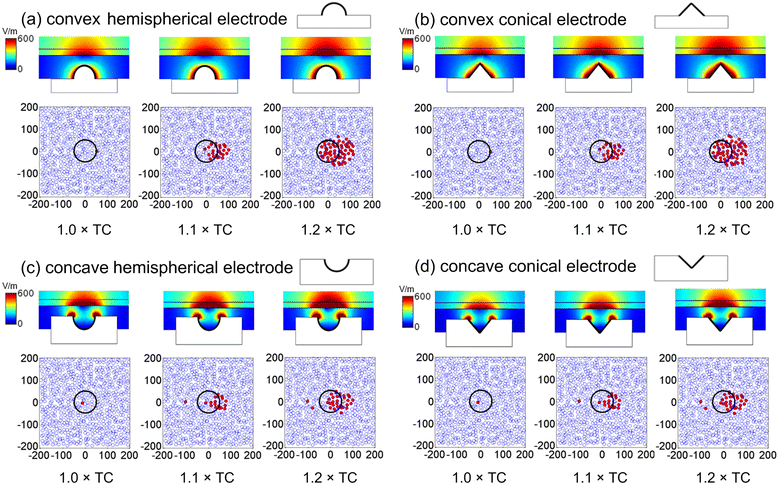
In the last decade, silicon carbide (SiC) has gained a remarkable position among wide bandgap sem. The change in photocurrent in the presence. The change in the device density of states, electric current, and photocurrent in the presence of target molecules have been calculated. In this article, we simulated CNT-based benzene and hydrogen-sulfide sensor with a nanoscale semiconductor device simulator-Quantumwise Atomistix Toolkit (ATK). Therefore, it is mandatory to detect their presence in industrial and household environments. Hydrogen-sulfide and benzene are hazardous gases that can cause serious health issues in humans. This change in electrical conductivity is being used as a detection signal to detect different target molecules. On exposure to a large variety of organic and inorganic compounds, the conductivity of CNT changes. CNT-based gas sensors have high sensitivity, stability, and fast response time compared to that of solid-state sensors. more Carbon nanotubes (CNTs)-based sensors have gained significant importance due to their tremendous electrical and physical attributes. Virtual Nanolab version 2017.Carbon nanotubes (CNTs)-based sensors have gained significant importance due to their tremendous. We discuss our results in view of promising approaches for engineering CNT-metal interfaces such as to achieve high strength metal-CNT composites.

We also demonstrate that surface decorated CNT may act as efficient nano-crystallization agents and thus provide a novel strengthening mechanism not previously discussed in the literature.

Our result shows that Ni coating may produce an extended interface (“interphase”) where a significant amount of energy is dissipated during CNT pull-out, leading to a high pull-out force. In particular we look at the pull-out behaviour of pristine as well as Ni-decorated and Ni-coated CNT from an Al matrix. These potentials are then used in order to investigate how Ni decorated or coated carbon nanotubes (CNT) affect the mechanical properties of Al/CNT composites. In this work we use density functional theory (DFT) calculations to benchmark empirical potentials for the interaction between nickel and sp 2 bonded carbon nanoparticles.


 0 kommentar(er)
0 kommentar(er)
